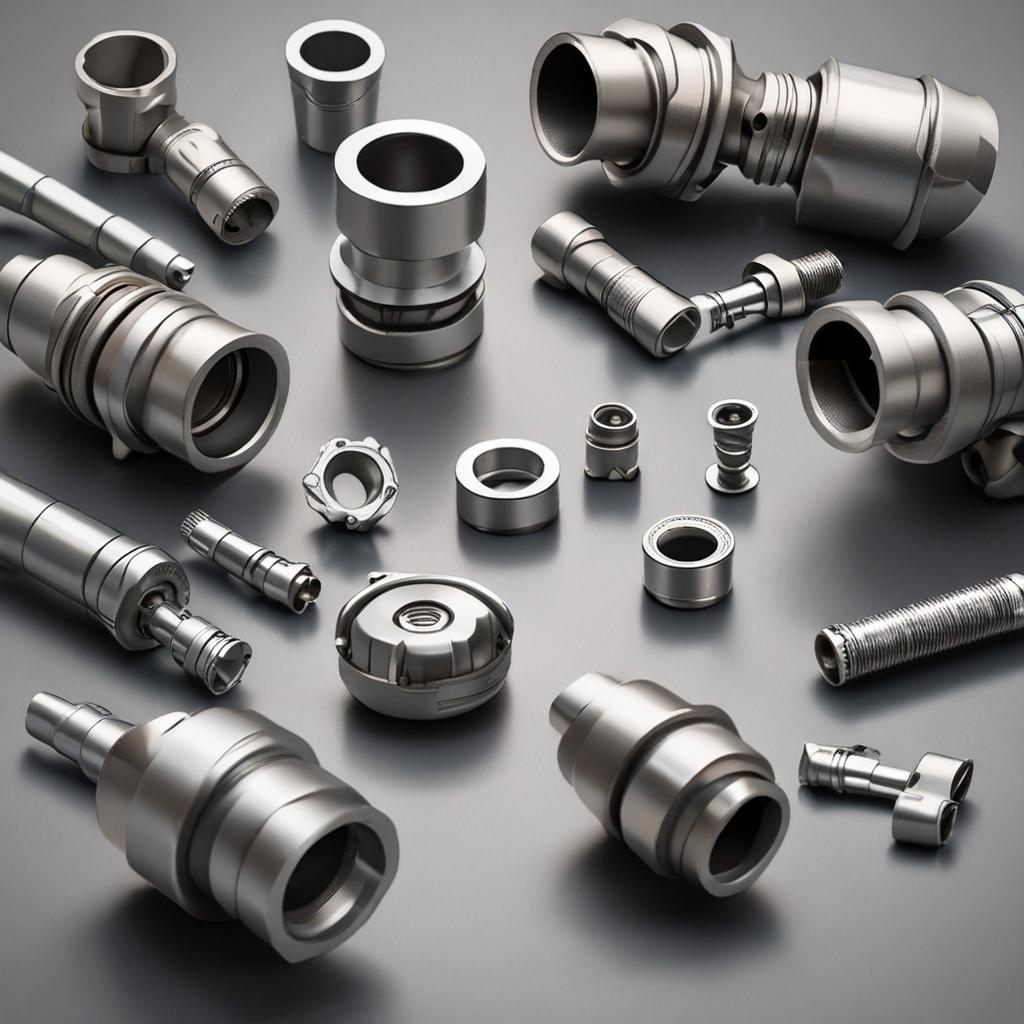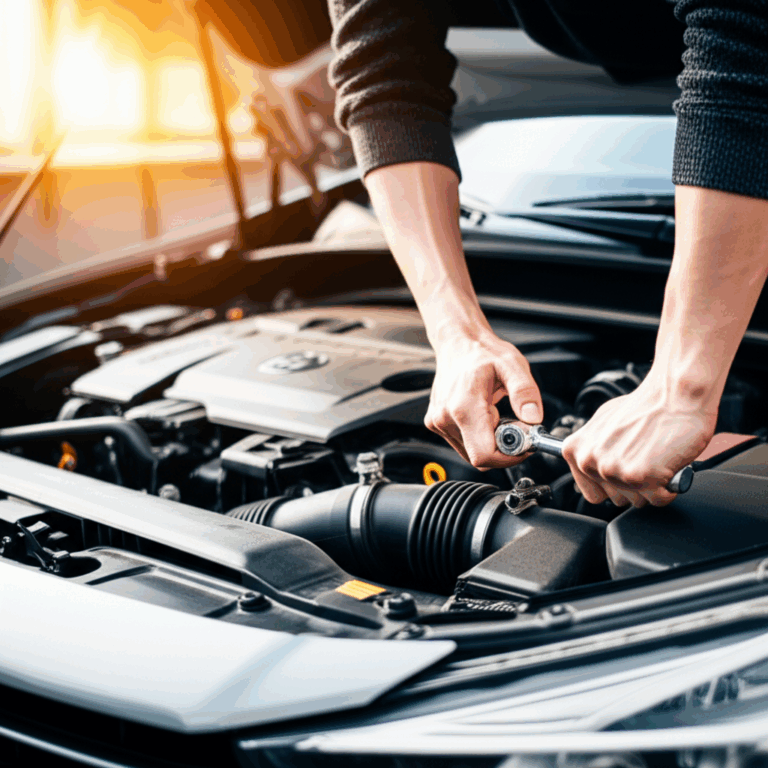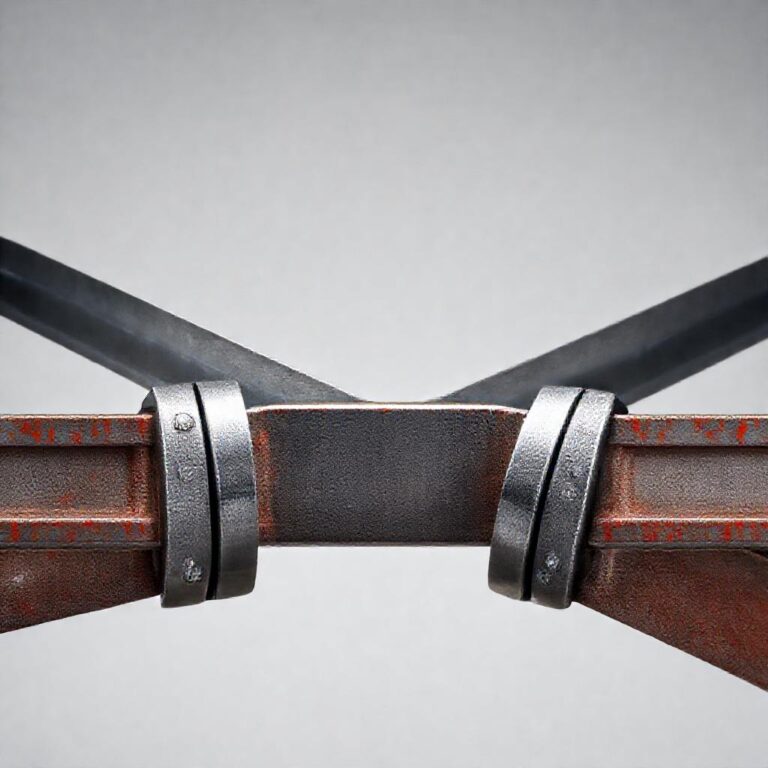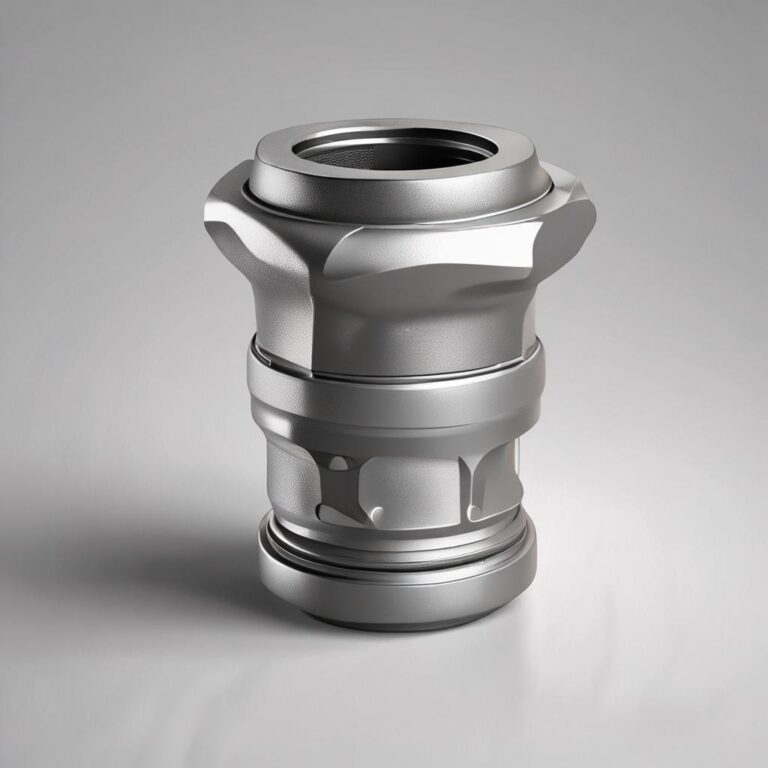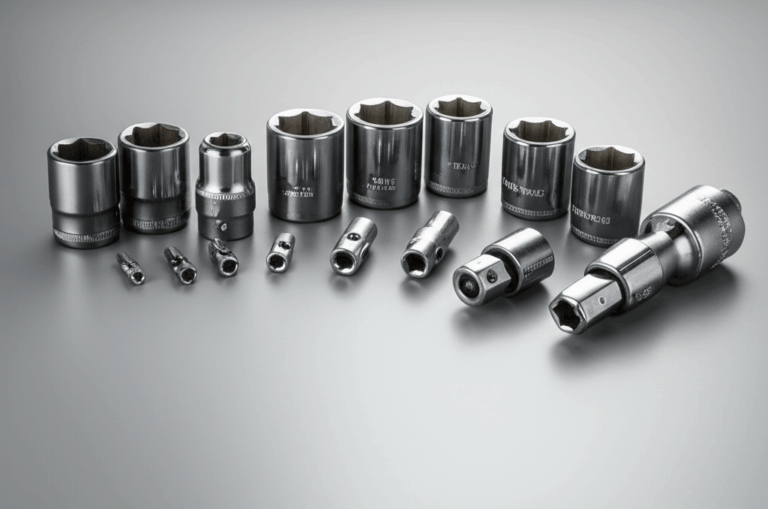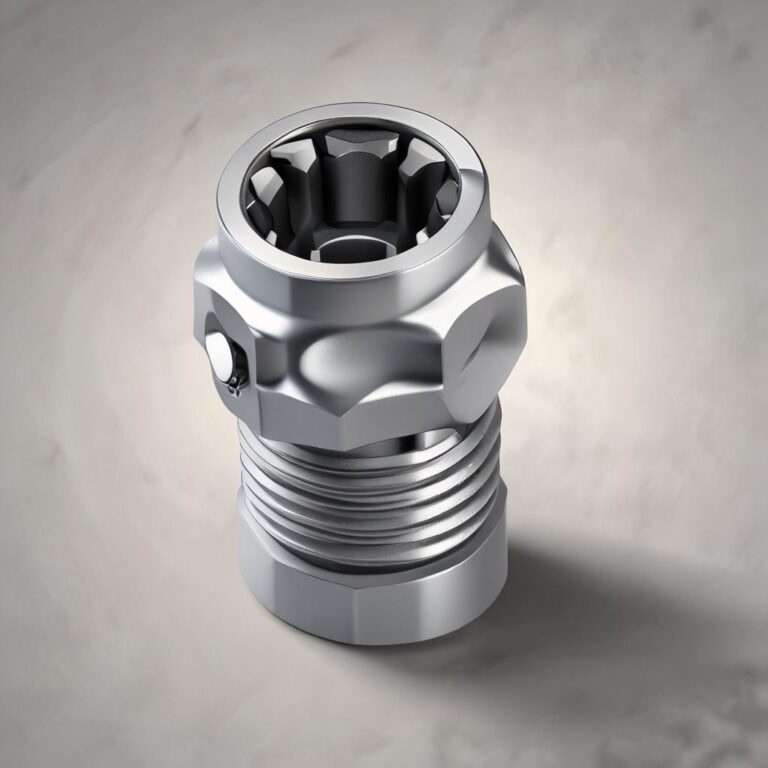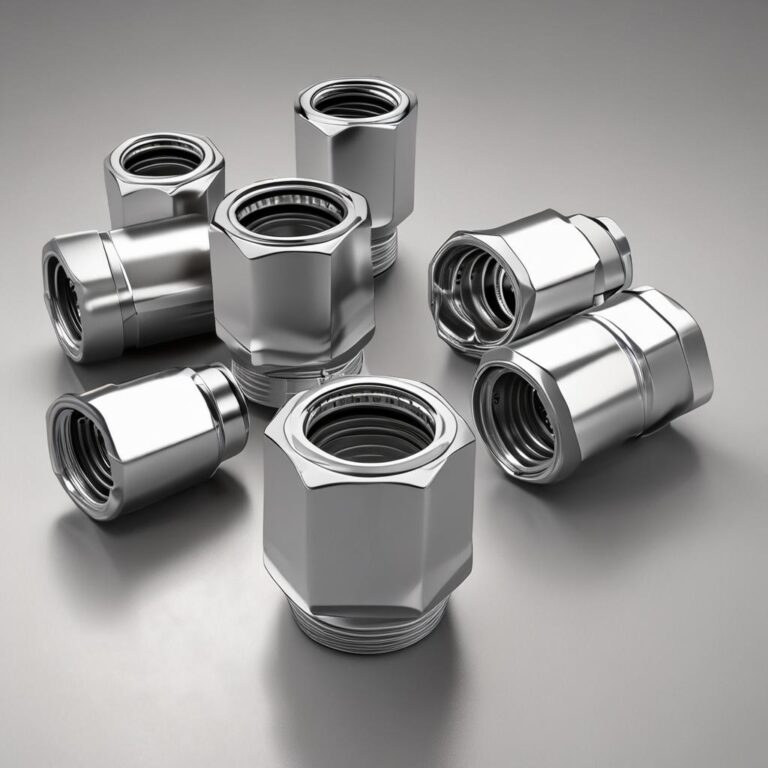Universal Joint for Socket
Universal joints (U-joints) for sockets are critical components in mechanical systems, enabling efficient power transmission between non-aligned shafts. These versatile couplings play a vital role in automotive, industrial, and marine applications by compensating for misalignment while maintaining smooth rotational motion. Whether you’re a mechanic, engineer, or DIY enthusiast, understanding the types, applications, and maintenance of socket U-joints is essential for optimal performance and longevity. This guide covers everything you need to know, from basic principles to advanced troubleshooting.
What Is a Universal Joint for Sockets?
A universal joint, or U-joint, is a mechanical coupling that transfers rotational motion between two shafts at varying angles. Socket-style U-joints feature a bearing cup with a socket-like design, allowing for easier installation and flexibility in high-torque applications. Unlike standard U-joints, socket U-joints often incorporate needle bearings for reduced friction and improved durability. Their ability to accommodate angular misalignment makes them indispensable in systems where shafts cannot be perfectly aligned.
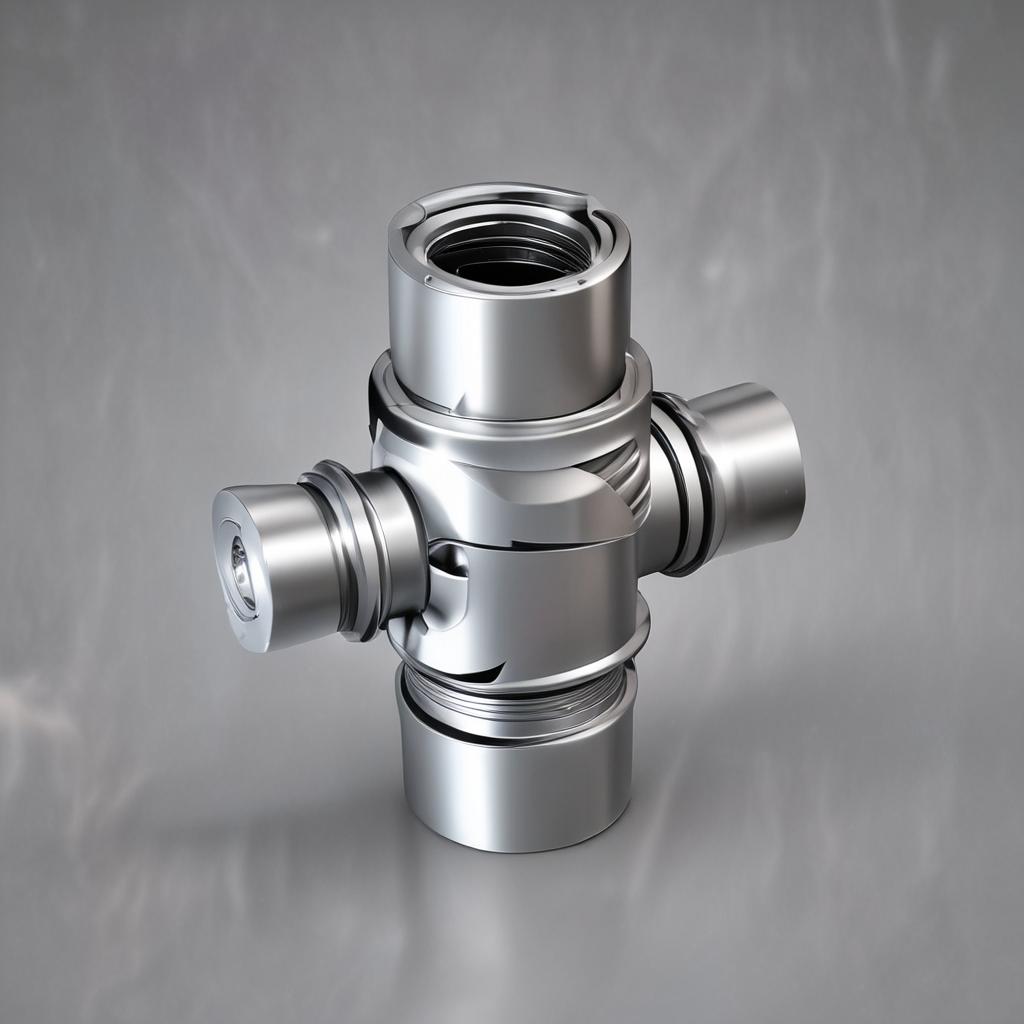
Types of Universal Joints for Sockets
Single Universal Joint
A single U-joint consists of a cross-shaped yoke with needle bearings at each end, enabling rotation in one plane. This design is ideal for light-duty applications, such as steering columns or small machinery, where misalignment is minimal. However, single U-joints can introduce vibrations at higher speeds or angles, limiting their use in high-performance systems.
Double Universal Joint (Double Cardan Joint)
Double U-joints, also known as double Cardan joints, feature two single U-joints connected by an intermediate shaft. This configuration cancels out angular vibrations, providing smoother power transfer in heavy-duty applications like truck drivelines or industrial conveyors. Their ability to handle higher torque and misalignment makes them a preferred choice for demanding environments.
Cross and Bearing Universal Joints
Cross U-joints use a simple cross-shaped design with plain bearings, offering cost-effective solutions for low-speed applications. In contrast, bearing-type U-joints incorporate needle bearings for superior load distribution and reduced wear. The choice between these types depends on factors like torque requirements, operating speed, and budget constraints.
Applications of Socket Universal Joints
Automotive Industry
Automobiles rely on U-joints in drive shafts, transfer cases, and steering systems to transmit power efficiently. Socket U-joints are particularly valuable in off-road vehicles and performance cars, where flexibility and durability are crucial. Their ability to withstand harsh conditions and high loads ensures reliable operation in challenging terrains.
Industrial and Mechanical Systems
In industrial settings, U-joints facilitate smooth power transmission in conveyors, pumps, and power generation equipment. Their flexibility compensates for shaft misalignment caused by thermal expansion or mechanical stress, reducing wear on connected components. This makes them essential for maintaining system efficiency and reducing downtime.
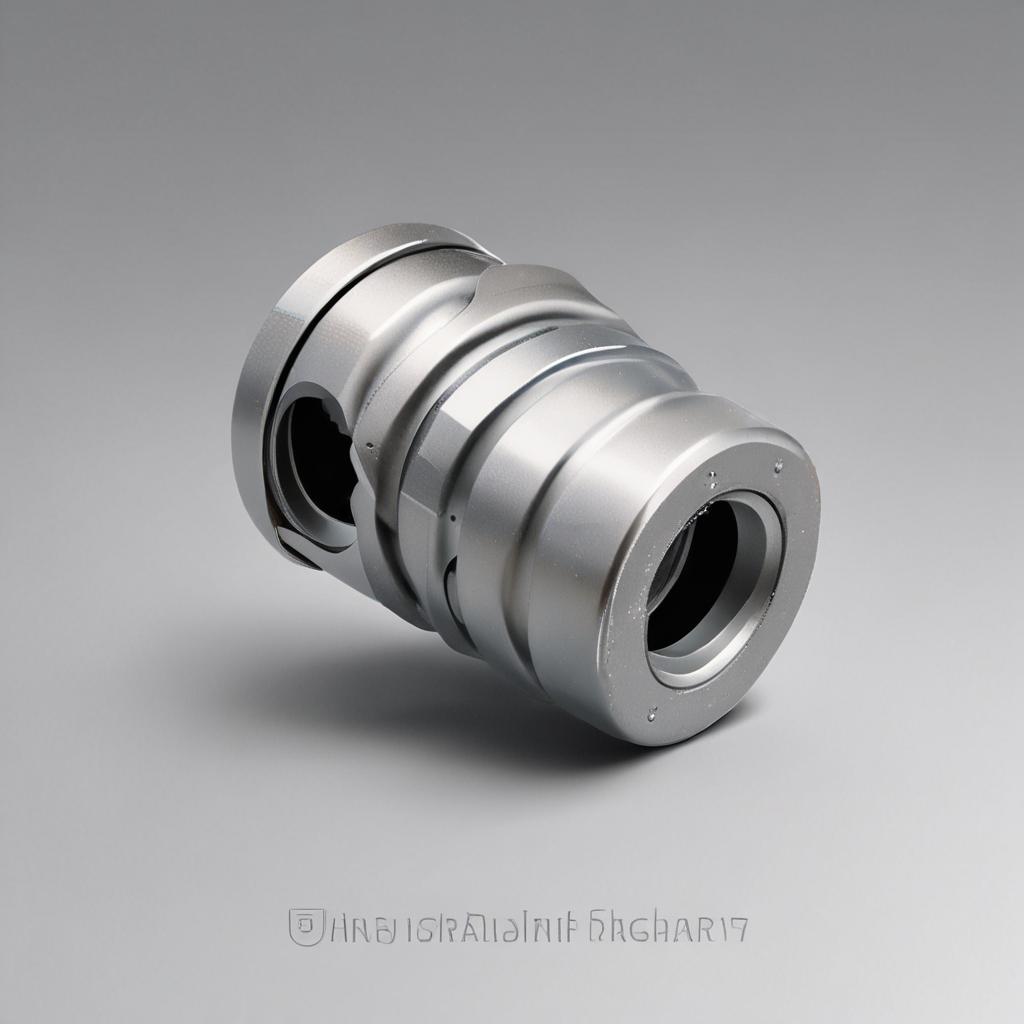
Marine and Aerospace Uses
Marine propulsion systems and aerospace applications leverage U-joints to transmit torque in confined spaces with varying angles. Marine U-joints often feature corrosion-resistant materials to withstand saltwater exposure, while aerospace versions prioritize lightweight designs and precision engineering for optimal performance.
How to Choose the Right Universal Joint for Sockets
Key Factors to Consider
When selecting a U-joint, evaluate torque requirements, operating speed, and environmental conditions. For example, high-speed applications may require precision-ground bearings, while heavy-duty systems need U-joints with higher load capacities. Additionally, consider the degree of misalignment and angular movement the joint must accommodate.
Material and Durability Considerations
Common materials include forged steel, stainless steel, and alloys, each offering distinct advantages. Forged steel provides high strength, while stainless steel resists corrosion in harsh environments. Heat treatment processes, such as case hardening, enhance wear resistance and extend service life.
Installation and Maintenance Tips
Proper Installation Techniques
To install a socket U-joint, ensure proper alignment of the shafts and use appropriate tools to press-fit the bearings. Over-tightening can damage seals or bearings, while under-tightening may cause slippage. Always follow manufacturer guidelines for torque specifications and lubrication.
Maintenance and Longevity
Regular lubrication is critical for U-joint longevity. Grease the bearings every 5,000 to 10,000 miles or as recommended by the manufacturer. Inspect for signs of wear, such as excessive play or leaks, and replace worn components promptly to prevent further damage.
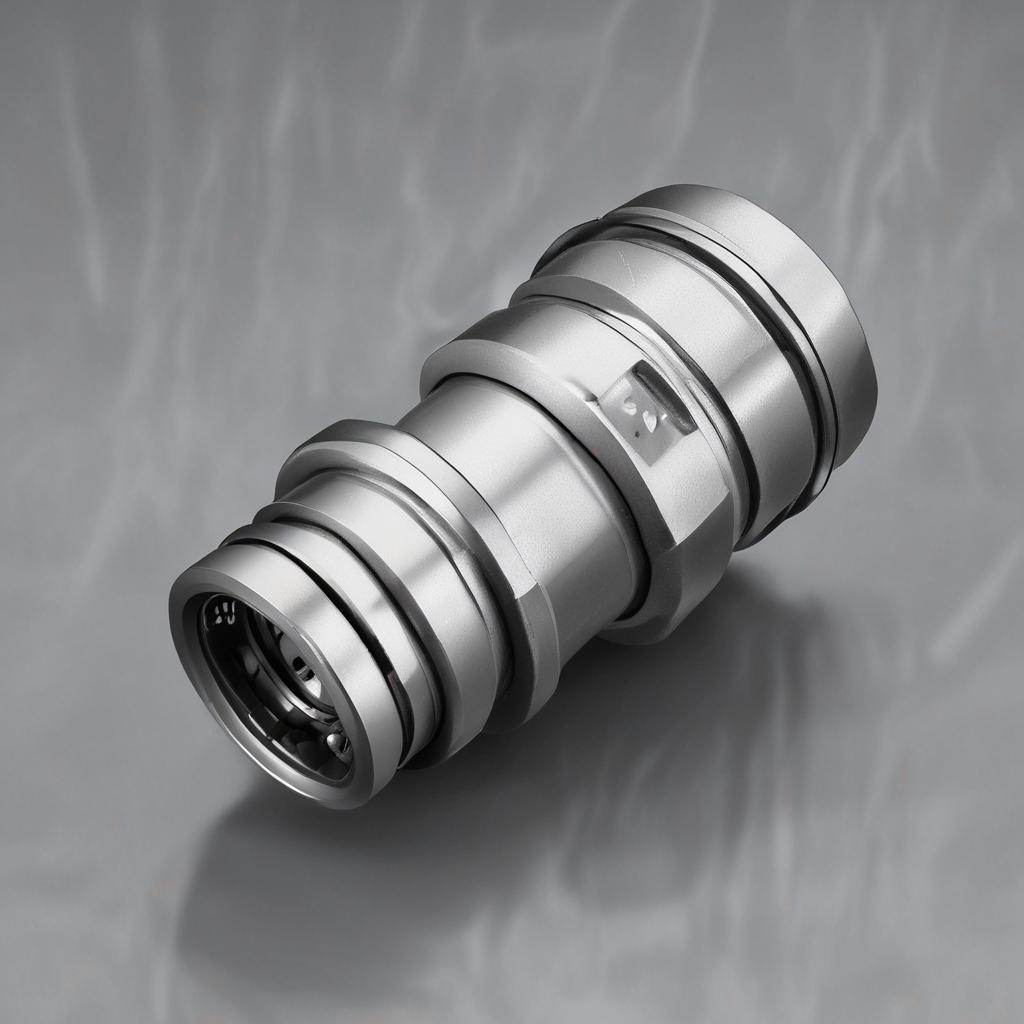
Troubleshooting Common Issues
Symptoms of a failing U-joint include vibrations, knocking sounds, or grinding noises. Excessive play or grease leakage indicates seal failure or bearing wear. Diagnose issues by inspecting for misalignment, lubrication deficiencies, or physical damage. Replace the U-joint if wear exceeds manufacturer specifications.
FAQ About Universal Joints for Sockets
1. What is the difference between a universal joint and a constant velocity (CV) joint?
Comparison table for 1. What is the difference between a universal joint and a constant velocity (CV) joint?
U-joints transfer power at fixed angles, while CV joints maintain constant velocity at varying angles, reducing vibrations in front-wheel-drive vehicles. CV joints are more complex but offer smoother performance in high-speed applications.
2. Can a universal joint be used in reverse rotation?
Yes, but reverse rotation may shorten lifespan due to increased bearing stress. Check manufacturer specifications to ensure compatibility with bidirectional motion.
3. How often should a U-joint be lubricated?
Lubricate grease-filled U-joints every 5,000 to 10,000 miles or as recommended. For sealed units, follow the manufacturer’s guidelines for maintenance intervals.
4. Can a worn U-joint cause damage to other drivetrain components?
Yes, a failing U-joint can transmit excessive vibrations, leading to premature wear on bearings, seals, or shafts. Replace worn U-joints promptly to avoid costly repairs.
5. Are universal joints for sockets interchangeable with other U-joint types?
Compatibility depends on design and specifications. Consult technical manuals or a professional to ensure proper fitment and performance.
Conclusion
Universal joints for sockets are indispensable in power transmission systems, offering flexibility and durability across industries. By understanding their types, applications, and maintenance needs, you can optimize performance and extend service life. Always prioritize proper installation and regular upkeep to avoid costly failures. For complex installations, consult an expert to ensure the right U-joint is selected and fitted correctly.

